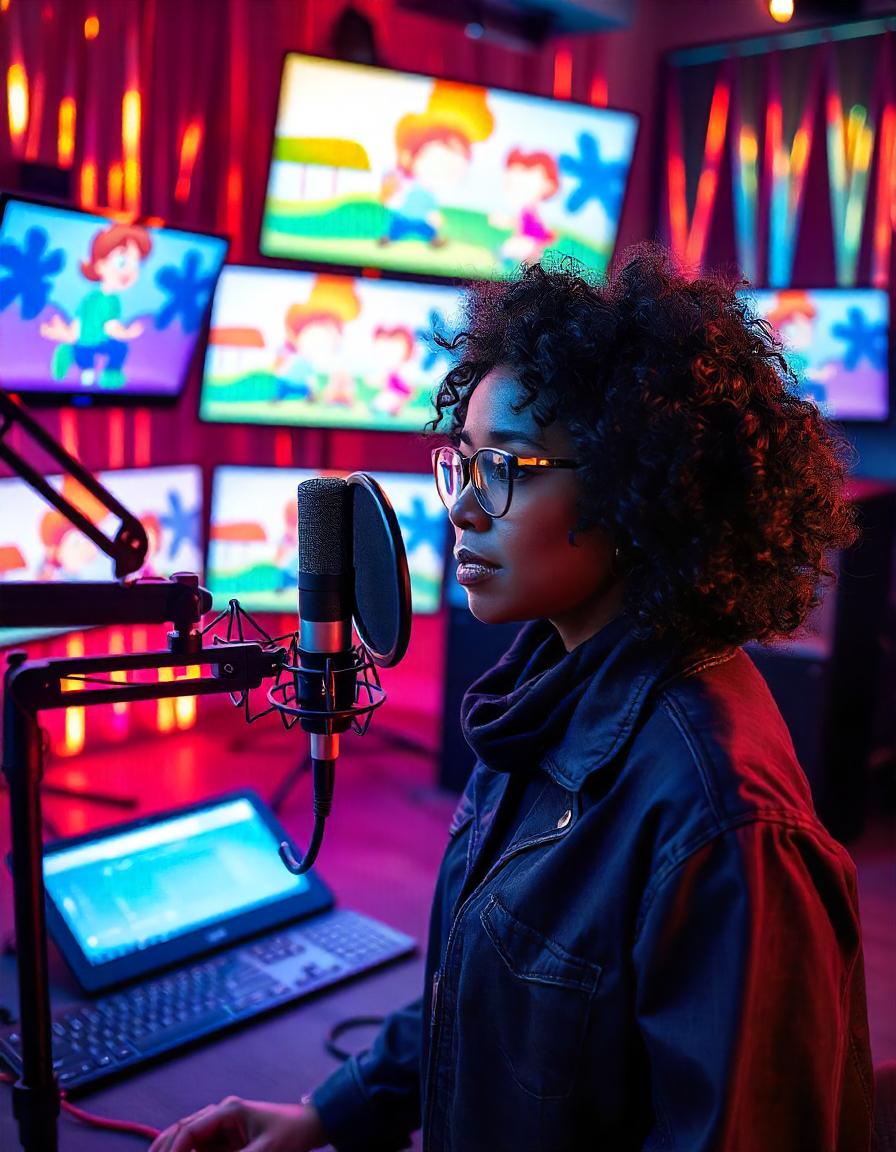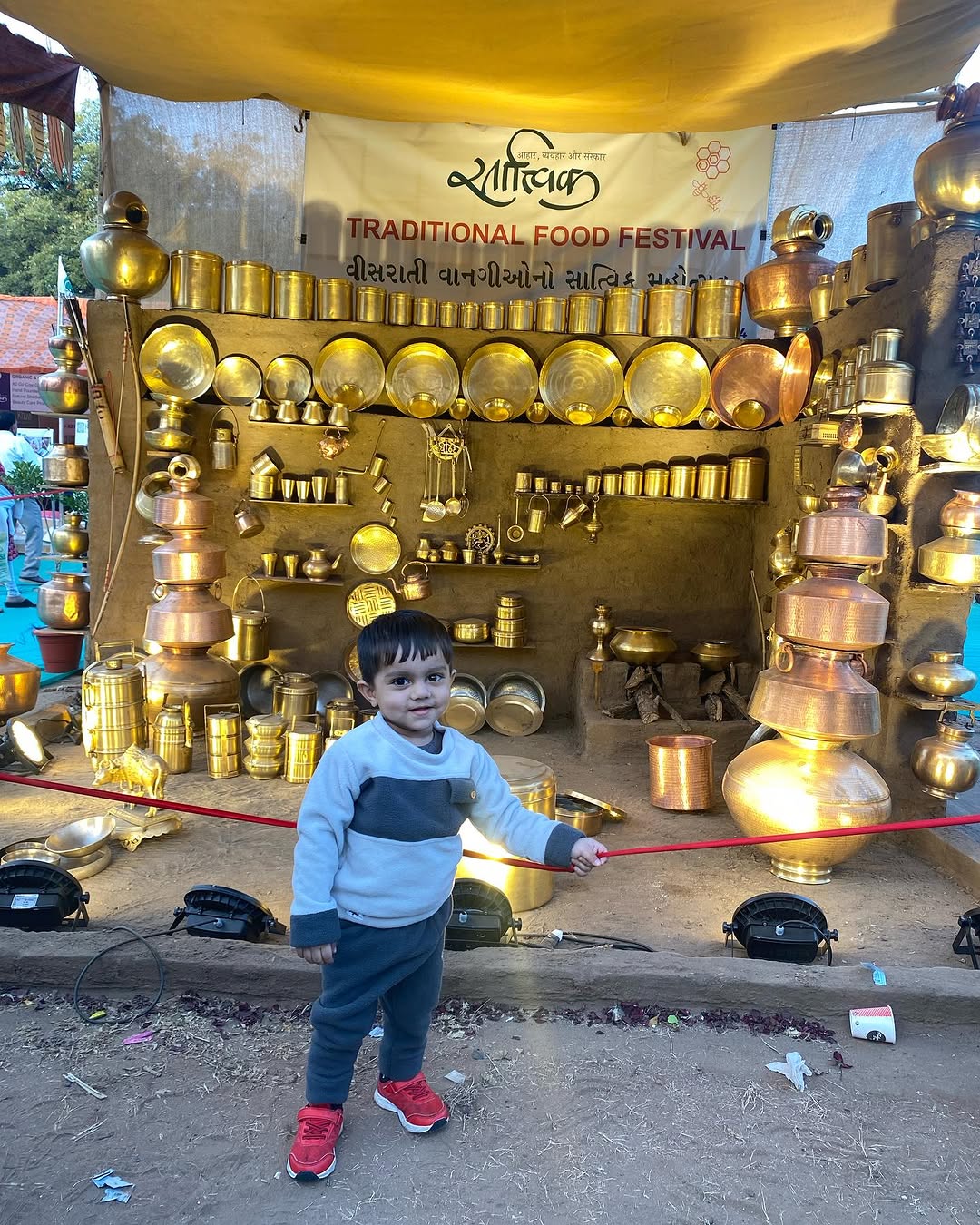SYNOPSIS :
- Democratization of Music Creation and Distribution
- Transformation of Music Consumption
- Impact of Social Media and Virality
The influence of digital media on the music industry has been nothing short of revolutionary, fundamentally transforming every facet of how music is created, consumed, and promoted. Once governed by traditional gatekeepers like record labels, radio stations, and music stores. The industry has been reshaped by the advent of social media platforms and digital streaming services. Platforms like Facebook, Instagram, YouTube, and TikTok have shifted the balance of power, empowering artists to reach global audiences directly. By dismantling many of the barriers that historically restricted access to the music industry, digital media has opened doors for a broader and more diverse range of voices to emerge, each with a unique opportunity to connect with listeners.
For much of modern music history, major record labels held an iron grip on the industry, controlling distribution, airplay, and marketing campaigns. Success in this ecosystem required signing contracts that often sacrificed creative freedom and financial equity in exchange for exposure. Without a label’s support, even the most talented musicians faced an uphill battle, struggling to distribute their work or gain significant radio play. Digital media, however, has upended this long-established system. Independent musicians now have access to a wealth of tools and platforms that allow them to record, produce, and distribute music entirely on their own terms.
One of the most striking examples of this shift can be seen in the rise of artists like Billie Eilish and Lil Nas X. Eilish, with her brother Finneas, began her career by uploading original music to platforms like SoundCloud, gradually building a loyal fanbase online. Similarly, Lil Nas X harnessed the viral power of TikTok, using its algorithm-driven reach to promote his breakout hit, Old Town Road. These artists didn’t rely on traditional industry gatekeepers to make their mark; instead, they capitalized on the accessibility of digital platforms to connect directly with listeners. Their meteoric success underscores the democratizing force of digital media, proving that with a smartphone, an internet connection, and creative marketing, any artist has the potential to achieve global recognition.

Billie Eilish.
This democratization of access has had a profound ripple effect across the industry. Today, artists from diverse backgrounds and genres are able to showcase their work to audiences that were previously unreachable. Musicians from underserved or underrepresented communities no longer have to rely on traditional pathways to find their audience. This shift has enriched the global music landscape, bringing a kaleidoscope of sounds and stories to the forefront. Genres that once existed on the fringes, from experimental electronic music to niche folk traditions, are now finding receptive audiences across the globe.
Just as digital media has transformed how artists share their work, it has also revolutionized how people consume music. Gone are the days when listeners had to purchase physical albums, CDs, or even individual digital downloads to enjoy their favorite tracks. Streaming platforms like Spotify, Apple Music, and YouTube Music have completely upended traditional consumption models, offering instant access to vast libraries of music for a small subscription fee or even for free, in some cases. With just a few clicks, users can explore millions of songs, discover new artists, and enjoy playlists curated to suit every mood, activity, or genre preference.
This shift has dramatically redefined convenience and affordability, but it has also introduced new economic dynamics. Physical album sales have plummeted, replaced by subscription-based revenue models that are dominated by streaming giants. While this has been a boon for consumers, providing an unparalleled level of access and affordability, it has sparked heated debates about artist compensation. The current payout model for streaming services often disproportionately benefits high-profile artists with millions of streams while leaving lesser-known musicians to struggle for fair compensation. For many emerging artists, navigating this new economic landscape means finding creative ways to monetize their work beyond just streaming royalties.
Streaming has also seamlessly integrated music into the fabric of daily life. Whether it’s a carefully curated playlist for a morning run, background music for work or study, or mood-enhancing tracks for a relaxing evening, music has become an indispensable part of modern routines. The sophisticated recommendation algorithms employed by platforms like Spotify have elevated this experience further. These algorithms analyze user behavior, offering tailored suggestions that introduce listeners to new artists and genres they might never have discovered on their own. This personalization has transformed music listening into a deeply individual experience, turning every user’s library into a reflection of their unique tastes and preferences.
Alongside these shifts in consumption, the production of music has undergone a similar digital revolution. In the past, producing high-quality music required access to professional recording studios and expensive equipment, making it an exclusive endeavor for those with significant resources. Today, affordable digital audio workstations like GarageBand, FL Studio, and Ableton Live have democratized music production, enabling artists to create polished tracks from the comfort of their own homes. These tools have leveled the playing field, empowering musicians of all skill levels and backgrounds to experiment with sound and hone their craft.
Technological advancements like Auto-Tune and other vocal effects have also expanded the creative possibilities available to musicians. While some critics argue that these tools can diminish the authenticity of modern music, others see them as essential instruments of artistic innovation. Auto-Tune, for instance, allows artists to manipulate their vocal tracks in ways that were previously unimaginable, opening doors to entirely new sonic landscapes. This has given rise to fresh musical styles and genre-blurring experiments, enriching the global music scene with unprecedented diversity.
Nowhere is the impact of digital media more evident than in the realm of music promotion. Social media platforms like Instagram, Twitter, and TikTok have become indispensable tools for artists looking to engage with fans and market their work. Unlike traditional promotional channels, which often relied on one-way communication, social media fosters a direct and interactive relationship between artists and their audiences. Musicians can share behind-the-scenes glimpses into their creative process, host live streams, or post interactive updates, fostering a sense of intimacy and community. This direct engagement builds loyalty and helps artists cultivate deeply connected fan bases.
At the same time, the saturation of digital content presents unique challenges. In a landscape where countless artists are vying for attention, standing out requires creativity and adaptability. Viral challenges, collaborations with influencers, and innovative marketing campaigns have become essential strategies for gaining visibility. However, this reliance on digital platforms also exposes artists to risks, including issues of copyright infringement and unauthorized use of their work. In an age where content can be easily shared and repurposed, protecting intellectual property has become an increasingly complex challenge.
One of the most striking phenomena to emerge from this digital age is the power of virality to shape music trends. Platforms like TikTok have redefined how songs achieve mainstream success. A single viral video featuring a specific track can inspire millions of users to create their own content, amplifying the song’s reach and catapulting it into the global spotlight. Fleetwood Mac’s Dreams is a notable example of this trend. Originally released in 1977, the song enjoyed an unexpected resurgence in 2020 after being featured in a viral TikTok video. Similarly, countless emerging artists have leveraged the platform’s unique ability to generate buzz, building their careers from the ground up through creative and engaging content.

As digital media continues to evolve, its impact on the music industry shows no signs of slowing down. Emerging technologies like virtual reality concerts, AI-generated compositions, and blockchain-based royalty systems are poised to further reshape the landscape, offering new ways for artists and audiences to connect. These innovations promise to blur the lines between creator and consumer, redefining what it means to experience and engage with music.
At its core, the digital revolution in music is a testament to the power of adaptability and creativity. It has broken down long-standing barriers, democratized access to the industry, and opened doors to unprecedented opportunities for artists and listeners alike. Yet, it has also introduced new challenges, from questions of fair compensation to the complexities of intellectual property rights. As technology continues to advance, the music industry must navigate this dynamic terrain with both vigilance and vision.
In this interconnected digital age, music remains a universal language, transcending boundaries and bringing people together. The ongoing interplay between technology and artistry ensures that the music industry will remain a vibrant and evolving force, shaping the soundtrack of our lives for generations to come.




